
Yo, what’s going on?
Ok, so let’s get down to it.
You’re here because you want to know which Amazon FBA tool is better.
AmazeOwl or Jungle Scout?
Good.
That means you’re in the right place.
I’m gonna do a deep dive into both tools and get down to the nuts and bolts of which one is the best.
But before you go thinking this is just another boring review article, you should know this…
Even though I’m a 6 figure Amazon FBA seller myself, I actually spend most of my time these days working on my local lead generation business, which is now making me a solid $30K a month.
Don’t get me wrong, Amazon FBA has made me a lot of money, but the game is changing BIG TIME!

In this article, I’m also gonna take you behind the scenes of selling on Amazon FBA, and share some of the dirty secrets that only a 6 figure seller would know.
Trust me, these ain’t the secrets you’re gonna hear from people selling Amazon courses and tools, so make sure you read right till the end.
If you’re just getting started with Amazon FBA, then you need to know what’s coming your way (hint: It ain’t always pretty).
Here’s what you’re gonna learn…
Ok, let’s roll!
1. JUNGLE SCOUT: What is Jungle Scout?
Jungle Scout is the incredibly popular Amazon FBA tool that claims to make starting and then running your Amazon FBA business much easier.

Often mistaken as “just a product research tool”, it offers an impressive range of different modules and suites to help you grow your Amazon business.
Whether you’re new to the FBA game, or been around for a while, you probably already know that Jungle Scout is kind of a big deal, and it has an army of happy customers that use and love it every day.
It comes as both a Chrome extension and web based application. This means there’s no software to download or update...ever!

2. AMAZEOWL: What is AmazeOwl?
AmazeOwl is another popular tool on the Amazon market, and like Jungle Scout it allows you to perform a range of awesome functions that will help you slowly build your FBA business.
These include searching for products, carrying out market research and then launching your product.

The tool gives you the ability to search through at least 11 different Amazon Marketplaces and dive into over 600 million different products.
3. JUNGLE SCOUT FEATURES: What You'll Get
As I’ve already said, Jungle Scout is way more than just a product research tool.
I mean, yea it does that, and it does it well, but there’s a lot more under the hood, which we’re about to dive into.

Product Database: This module allows you to dive into the comprehensive product database on offer from the Jungle Scout team, and then filter your results based around the parameters of your choice.
This makes product sourcing super simple, and allows you to cut through the weeds and literally mine for Gold.
Product Tracker: This tool allows you to keep tabs on the competition, and monitor the demand of a particular product over time.
This is super helpful to make sure you aren’t jumping into a niche that is hyper seasonal (been there, done that).
There's nothing wrong with a seasonal product, but when you’re new, you want to make sure that your product is gonna sell all year round to keep cash flow, shipping and inventory management as simple as possible.
Opportunity Finder: This module is pretty similar to the Product Database module, but instead of filtering on a single product, it will slice and dice the data across an entire category.
You’ll be able to slide the filters to return information based on units sold, prices, search volume etc.

Now sure, you could try and do all this manually, but it would literally take you hours and hours to do.
Keyword Scout: This tool gives you some powerful insight into the keywords that are used by actual buyers when they’re looking for products.
You can then use these in your PPC marketing, as well as when optimizing your product listing.
Sales Analytics: This module will allow you to track all of your own sales data in real time. It syncs up to your selling account, giving you a live view of the state of your business at any time.
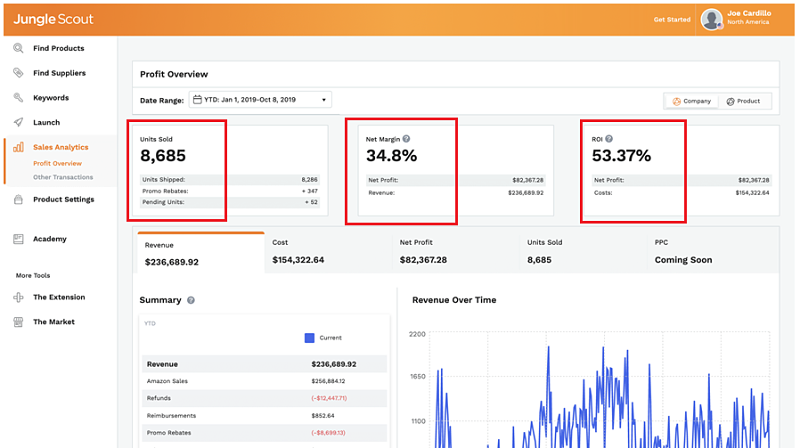
I know when I was first starting out, I found using the Amazon Seller Central platform pretty confusing at the best of times.
They don’t make the reports easy to read and tracking more than one product can be really hard work.
The Sales Analytics module takes away the stress and hassle though, making it a total lifesaver for any newbie seller.
Inventory Manager: Like the analytics module, the Inventory Manager connects to your Seller account to monitor your inventory levels.
It also uses a complex algorithm to analyse sales trends and advise you on when to order new stock, and how much to order.
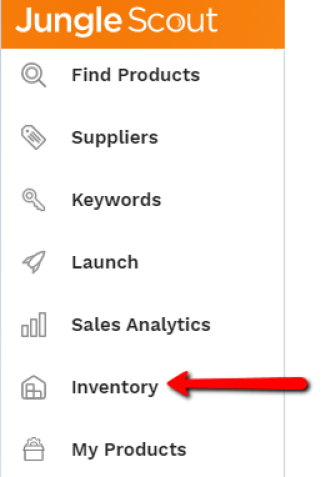
I can tell you that even after doing multiple 6 figures selling on Amazon, and being in the game for a number of years, inventory management never seems to get easier.
With 90 day manufacturing and shipping times, and fluctuating sales demand, getting your stock control correct is not for the faint hearted.
For this reason, I thought this module was awesome!
Listing Builder: As the name suggests, this module helps you build and optimize the perfect Amazon listing.
It makes setting your listing quick and easy, and ensures that you stand a better chance of ranking for your targeted keywords.
Supplier Database: This module allows you to sift through thousands of trusted and verified suppliers, who are all offering the product you’re looking for.

In my experience, one of the scariest parts about starting an Amazon FBA business is having to send $15K to a supplier that you’ve never met or heard of before.
Talk about sweaty palms!
I didn't have Jungle Scout back then, but luckily it all worked out ok for me.
I’ve heard some horror stories though, about newbies losing thousands to scam artists who vanish into thin air once they take your money.
The Supplier Database takes away this risk, as you’re able to select a trusted supplier and even see their fulfillment history.
Launch: This module gives you the ability to list your new product in a discounted market for others to purchase.
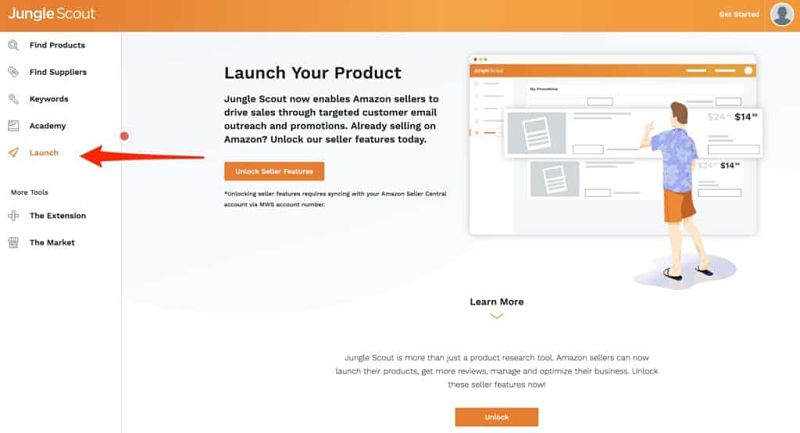
This means more sales which in theory equates to a spike in sales velocity which gets your product out the gate and ranking fast.
You can also drive review uptake by emailing subscribers and following up with them.
Alerts: This module gives you the ability to play a more proactive role within your business by setting alerts for any major changes to your product setup such as price, reviews, new sellers entering the market etc.

4. AMAZEOWL FEATURES: What You'll Get
Like Jungle Scout, AmazeOwl comes packed full of different features. It comes as a desktop application (which seems a little old school), but also a Chrome extension.
These features include:
Monitoring Keywords: This ability to track keywords over a period of time to keep an eye on various trends and demand.
Product Database: Like the JS tool, you’re able to dig through hundreds of thousands of different products and get insight into them.

It’s worth pointing out that the range of products is not as comprehensive as Jungle Scout’s, but it’s pretty impressive nonetheless and it’s updated on a daily basis, which makes it current and up to date as possible.
Keyword Research: Gives you the ability to run a search on various keywords of your choice, and then dig deeper into their data.

You’re gonna be able to keep an eye on your competitors by tracking changes they make to their listings, as well as keep an eye on market data.
While AmazeOwl doesn’t have as many unique features as Jungle Scout, it’s still a solid tool that’s got a strong customer base.
5. CREATORS: Do They Actually Sell on Amazon Themselves?
I’ve always found that a good test of a product is whether the creators actually use it themselves.
I mean, do they drink their own kool aid, or just sell it?
In the case of Jungle Scout, it’s pretty clear that they use the tool themselves.
The founder Greg Mercer is an 8 figure Amazon seller, which means he knows a thing or two about selling on the biggest shopping platform on the planet.
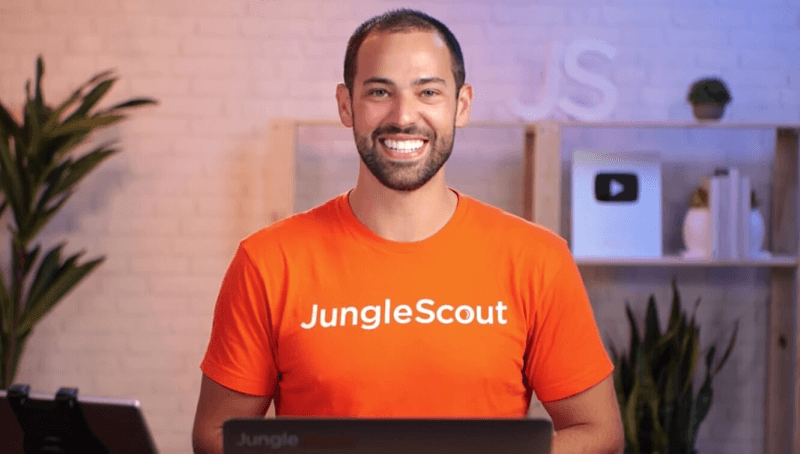
More than that, he’s an all-round nice guy, and genuinely wants to help people build their Amazon businesses.
He created Jungle Scout while running his own Amazon business, after he got tired of having to do mundane tasks like product research and competitor analysis manually!
The result was the awesome suite of tools that take the stress and hassle out of the process for you.
The Jungle Scout team go out of their way to maintain the family feel that Greg has created, and even though they are now a team of 30 and a business that do millions in revenue each year, he’s still the friendly, down to earth guy that started Jungle Scout all those years ago.
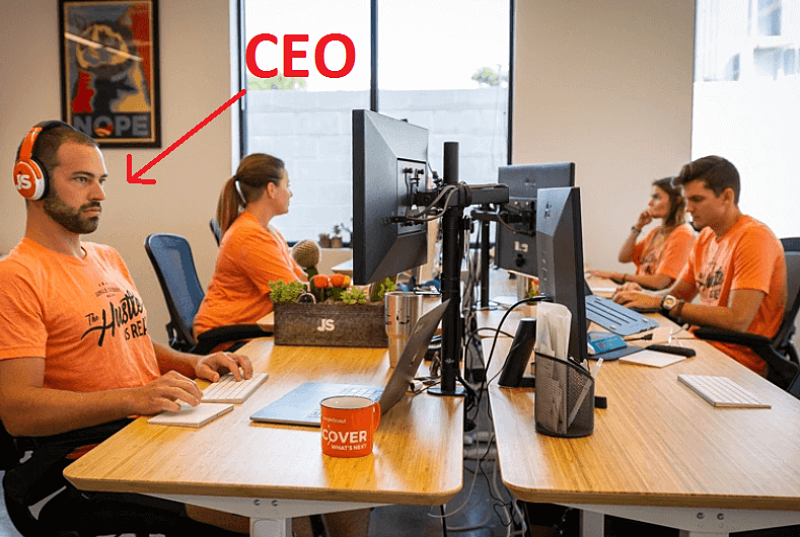
In the case of AmazeOwl, the story is fairly similar.
The tool was founded by Oleg Zaidiner, who like Greg Mercer was an Amazon seller himself.
After starting his FBA business back in 2015, he claims that he was underwhelmed by the tools on the market at the time, when it came to crunching the data he needed to make better Amazon business decisions.
With a background in Data Science, he’s a numbers guy, and after launching his own products and using spreadsheets to track the data, he immediately started selling 100+ units a day right out the gate.

He knew then that the way he was analysing the data in his spreadsheets was working, and he had an opportunity to create a solution that other Amazon sellers could use.
The result was AmazeOwl.
So yea, it’s safe to say that both the creators of Jungle Scout and AmazeOwl have the credentials to back up their tools.
This instantly makes them more appealing as they have hardcore street cred!
6. USER EXPERIENCE: How Easy Are the Tools to Use?
As far as usability goes, you’ll do well to beat Jungle Scout.
Greg Mercer and his team have done well to design a clean and simple looking tool that is easy to use.
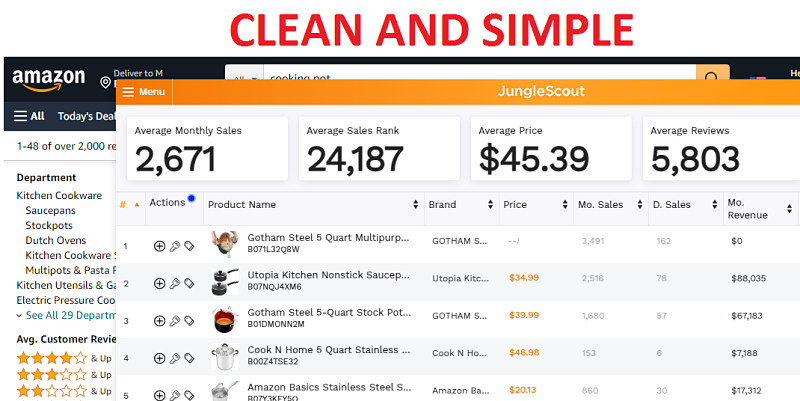
For me, the entire suite of tools was really intuitive to use, and although I took a look at some of the training videos, I feel like I could have done just fine without them.
I don't know if it's the cool branding and colors, but I just get a good feeling when I use the JS tool, and loved the way it operates.
To be honest, I can't knock AmazeOwl either. Like JungleScout, their layout is clean and simple and really easy to use.
I didn't find it quite as intuitive as Jungle Scout (heck maybe it was just a branding preference), but all in all, it gets a thumbs up from me in the usability rating!
7. PRICE: How Much Does Jungle Scout Cost?
One of the things I love about Jungle Scout is that they keep their pricing clear and simple.
As with most products, you’re gonna get more bang for your buck if you can afford to pay upfront for the year.
![JS Prices]_opt Jungle Scout Price](https://socialcrawlytics.com/wp-content/uploads/2021/02/JS-Prices_opt.png)
When you do this, you’ll be able to grab the Chrome extension for only $29/month.
With the Suite plan, you’ll pay $49 a month and will get access to review automation, the ability to add more users, historical keyword data, and various advanced seller features.
Lastly, with the Professional plan you’ll get everything you get with the Suite, as well as the option to track competitors, a few other perks, and 6 user licenses included.
This will set you back $84 a month when paid for upfront for the year.
You also get a 14 day money back guarantee when you sign up for any package, which lets you jump in and start putting the tool through its paces without any risk.
8. PRICE: How Much Does AmazeOwl Cost?
Ok, so it’s not often that Jungle Scout gets beaten on price, but in this case it does...and pretty badly at that.
First up, with AmazeOwl you get the ability to create a free account, which allows you to track a single niche, track 3 keywords and do keyword research on 2 keywords.
Sure, this is pretty limited, but what it does is let you dive in and start using the tool without parting with any cash, which is a nice bonus.

Once you get a feel for the tool and dig into it a little, you’ll have the option of purchasing the Growth plan for a mere $12 a month.
This gives you more of the already mentioned features, as well as allowing you to utilize the Product Database tool, and have faster load speeds.
If you’re a fan of those options, you then have the ability to upgrade your account to an Established account which gives you even more of the features mentioned, as well as super fast loading times and high priority support, all for the price of $19.99 a month.
9. FEEDBACK AND REVIEWS: What Do Customers Say?
When it comes to feedback and reviews, Jungle Scout is the real deal.
With over 2,000 customer reviews, and a solid rating, you can be sure that they have thousands of happy customers all over the planet.
Remember, less than 5% of people tend to leave a review, and this is just one platform (Trust Pilot).
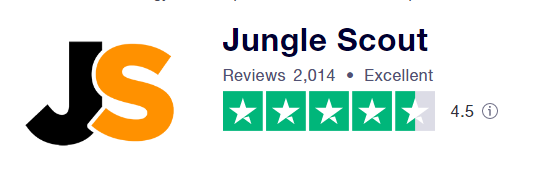
For me, the fact that 2,000 of their customers have actually taken the time to leave a review in itself is pretty impressive.
This tells us a bit about the way JS customers feel about the tool.
In the case of AmazeOwl, they struggle when it comes to stacking up against Jungle Scout in the review department.
With only 32 reviews, and an average rating of 3.6, it’s fair to say that a lot of their customers weren’t particularly impressed with the tool.

With this in mind, it’s tough to view the two tools as equal competitors.
10. PROS AND CONS: The Good and the Bad of Jungle Scout
Jungle Scout Pros and Cons
Pros
Cons
Overall, Jungle Scout is beautifully laid out and a pleasure to use. The cool branding and simplicity of its design makes it really intuitive.
They also offer world class customer support, meaning that no matter what problem you have, they’ll get it fixed for you.
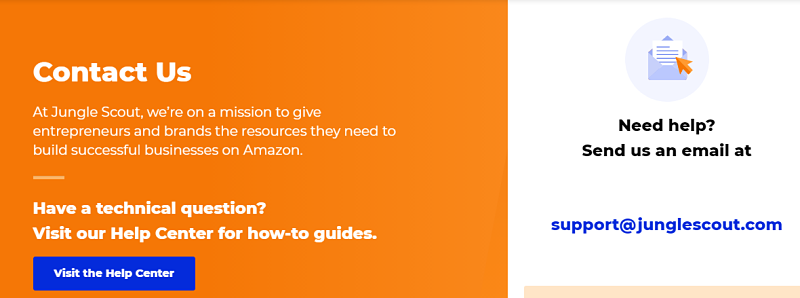
This may sound overly simplistic, but trust me, it just takes using a tool with poor customer service to truly appreciate how good the JS team are when it comes to taking care of their customer.
They also do well on price. It’s perhaps not the cheapest tool on the market, but for what you’re getting it’s a steal!
On the downside, the only thing that annoyed me about the Jungle Scout tool was the fact that the Chrome extension is charged as its own plan.
Why not just include it in the main package?
You have to buy the extension, as well as one of the other tiers on offer, in order to get full use of everything they provide...this didn’t make much sense to me.
11. PROS AND CONS: The Good and the Bad of AmazeOwl
Pros and Cons of AmazeOwl
Pros
Cons
Just like Jungle Scout, AmazeOwl has good features, and average features.
On the plus side, the tool is super affordable, with a free version letting you dip your toe in the water to get a good feel for how the tool works.
From there, the paid versions are ridiculously cheap, considering you’re trying to build a business with them.
You also get a 10 day product training course with every account, which gets you started on the right foot, especially if you’re new to the game.
On top of that, you also get to fill out a free quiz which will help you understand your business better, and get a solid platform to launch off, or even pivot off if you you're already up and running.

All in all, it’s a solid tool for the new seller about to jump in.
On the downside, the tool can be pretty slow to load and generate data, especially if you’re using a free account.
You may also find that if you’re not a total novice, the information the tool gives you is a little basic.
It’s not bad as a tool for getting started, but if you’re looking to make some real business decisions, you may find you need more insight and analytics to make the right executive decisions.
12. CONCLUSION: Which Tool Should You Use?
At the end of the day, the tool that you decide to use is going to depend on the wants and needs of your Amazon business.
If you’re just getting started and you’re counting every nickel, then maybe AmazeOwl will appeal to you because of it’s cheaper price.
For me though, Jungle Scout was the clear winner.

Sure it’s a little more pricey (not much mind you), but the overall feedback from customers is unbeatable, and after using the tool myself, I just loved the ease of use and feel it comes with.
On top of that, the customer support is world class, and the overall vibe of the company is pretty cool.
I get the impression that the Jungle Scout team genuinely care, and that they truly want to help Amazon sellers...the money they make from their business is just a byproduct of adding so much value to the marketplace.
Ok, so when it comes to Jungle Scout v AmazeOwl, Jungle Scout is the winner for me...but does that mean you should buy it?
Well that depends...are you sure you actually want to run an Amazon FBA business?
13. TRUTH BOMB: Want to Know a Secret?
Ok, let’s cut the crap.
As a 6 figure Amazon seller, I feel like I kinda owe you the truth about what it actually takes to sell on Amazon…so here it is.
Selling on Amazon is hard.
...and when I say hard, I mean real hard.

Now I appreciate that this might sound strange coming from a successful seller, and someone that’s reviewing two Amazon tools, but here’s the truth…
While you can definitely still make good money by being an Amazon seller, I personally believe the business model is getting harder and harder every single day.
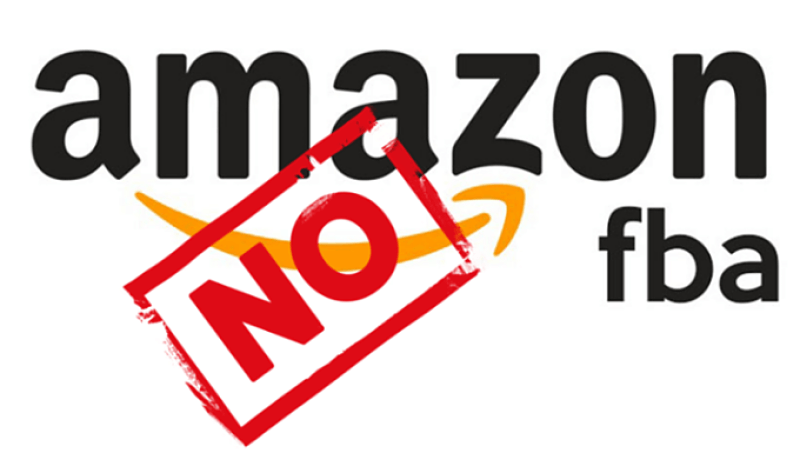
First up, you need a lot more than you think to get your business started.
If you’re about to jump into the Amazon FBA pond, you’re probably thinking you'll order 500 units of a product for say $5 each.
That will cost you $2,500, right?
No big deal.
It’s good to play it safe you’re probably thinking...I mean, you don’t know if anyone is even going to buy your product, so you don’t want to risk too much money, right?
Here’s where it starts getting messy...
What most new sellers don’t realize is that to get an inventory order created by your supplier will usually take around 30 days.
It will then take another 60 days to ship it into Amazon’s warehouses.
So all in, you’re looking at around 90 days between placing a new inventory order with your supplier, to being able to actually sell it on Amazon.

Here’s the tricky part…
If you only order 500 units for your first order, that means that even if you place a 2nd order the same day you start selling your 1st order on Amazon, you’ll still be 90 days away from it arriving in Amazon’s warehouses.
This means that your 1st order of 500 units will have to last 90 days. That means you can sell less than 6 units a day, or you’ll run out of stock!

Of course it’s not the end of the world if you run out of stock, but you’ll immediately stop making money, and your listing will take a nosedive off Amazon’s first page, meaning you’ll have to run expensive PPC ads when you’re back in stock, just to start making sales again.
You'll basically be starting from scratch every time you run out of stock!
So the reality is that on top of your first order of 500 units, you’ll more than likely need to place a 2nd order, and possibly even a 3rd order to chase the 1st order, and make sure you don’t run out of stock.

So now we’re looking at another $5K on top of the first $2,500, taking the total needed to $7K.
Then throw in shipping costs (usually at least $1K per order), and we’re now at $10K needed to get your Amazon FBA business off the ground.
That’s before you factor in warehouse fees, PPC advertising, returns etc.
All in, I’d conservatively say you’re gonna need $12K - $15K to start your Amazon business...and that’s without being sure that anyone will actually buy what you’re selling.
Scary right?

Then throw in the fact that it’s getting super competitive, with total over saturation from Chinese suppliers, who are now selling their own products at lower prices because they are able to cut out the middle man (you and me).
This means it’s a race to the bottom when it comes to pricing...the lowest price gets the sale!

When I started selling one of my products, the average price of my competitors was $17.99.
4 years later, the average price is now $11.99.
Of course this eats into profit margins which are already pretty low (20% - 25%), meaning that even though your annual costs are going up (shipping, warehouse fees etc), your selling price is coming down each year.
On top of all these negatives, the cherry on the top is the risk!
Amazon can kick you off their platform at any time, leaving you with inventory you have no way of selling.

Ouch!
Is that the kind of business model you want to risk your future on?
14. GOOD NEWS: I’ve Found a Better Way
It didn’t take long for me to realize that Amazon FBA wasn’t a business model I could bet my future on.
I was actually shocked when I sat down and worked out just how little control I had over my business.
Talk about a car crash waiting to happen.
The good news is that I’ve found a much better business model, and that’s local lead generation.
With local lead gen you’re building small service websites and then ranking them in Google.
Here’s the lowdown on how it works…
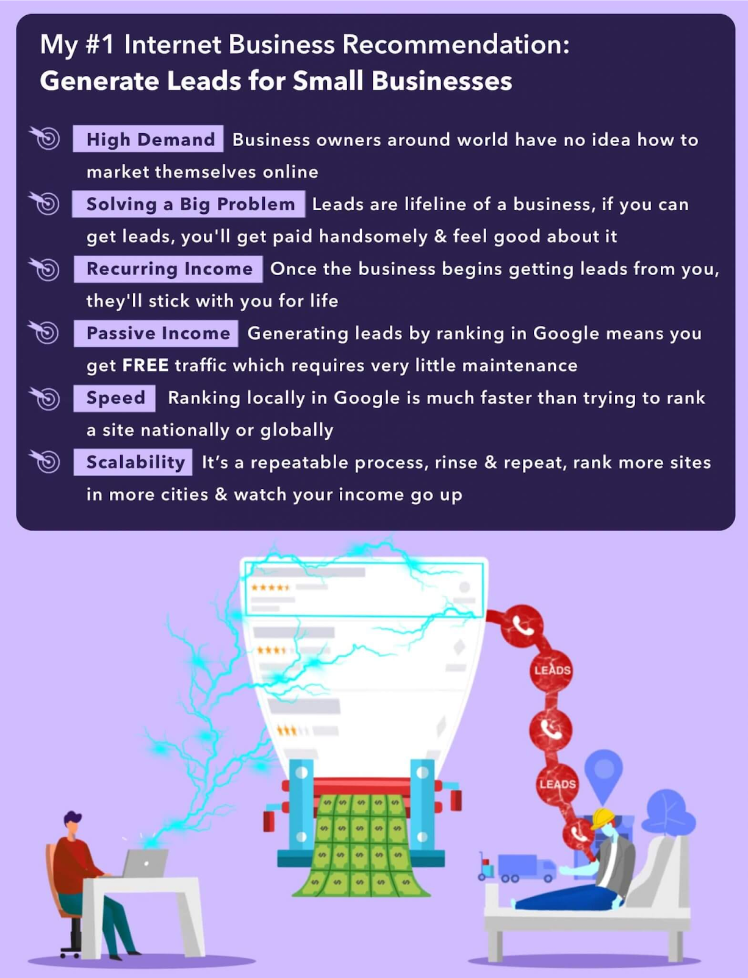
Let’s say you build a website about a tree service in your local area.
You rank it in Google and then add a call tracking phone number to the site which you divert to a local tree service business that is looking for extra business.
People looking for a tree service start finding your site and calling the number, which the tree service company answers.
The company then pays you for the leads you’re sending them.
This could be a commission on each deal they close (say 10%), or pay per lead (say $15), or a flat fee each month for all of the collective leads you send them (say $1,000).

Now imagine if you built 10 of these little sites in different local service niches like plumbing, carpet cleaning, concreting etc. and rented them out to local business owners.
What if you built 100?
What if you build 500?
Do you see the potential here?
Here’s why lead generation is so much better than Amazon FBA…
Lead Gen Always Wins...
Amazon FBA
Lead Gen
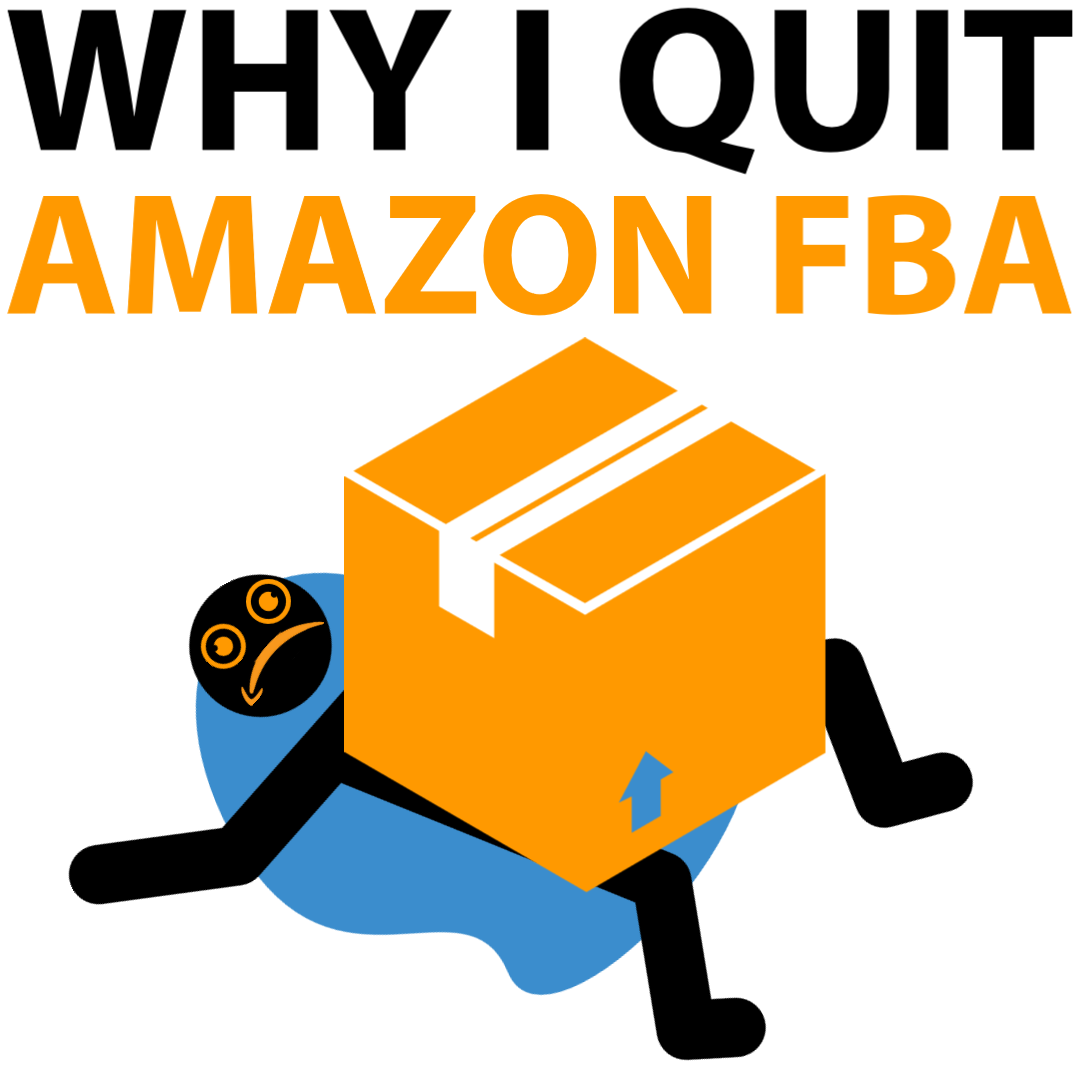
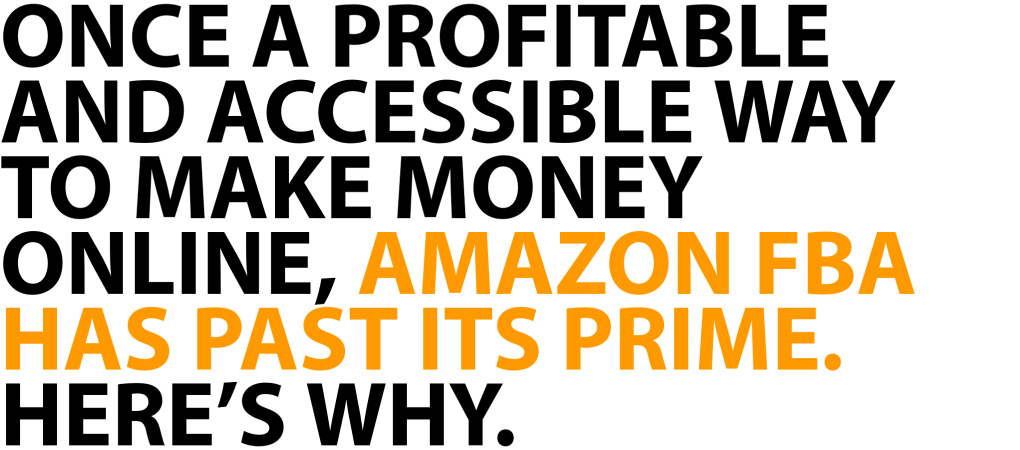
MARKET SATURATION & COMPETITION

You're going head to head with literally millions of sellers covering over 6000 different product niches. Breaking into an established niche is next to impossible - and finding untapped niches are becoming increasingly rare.
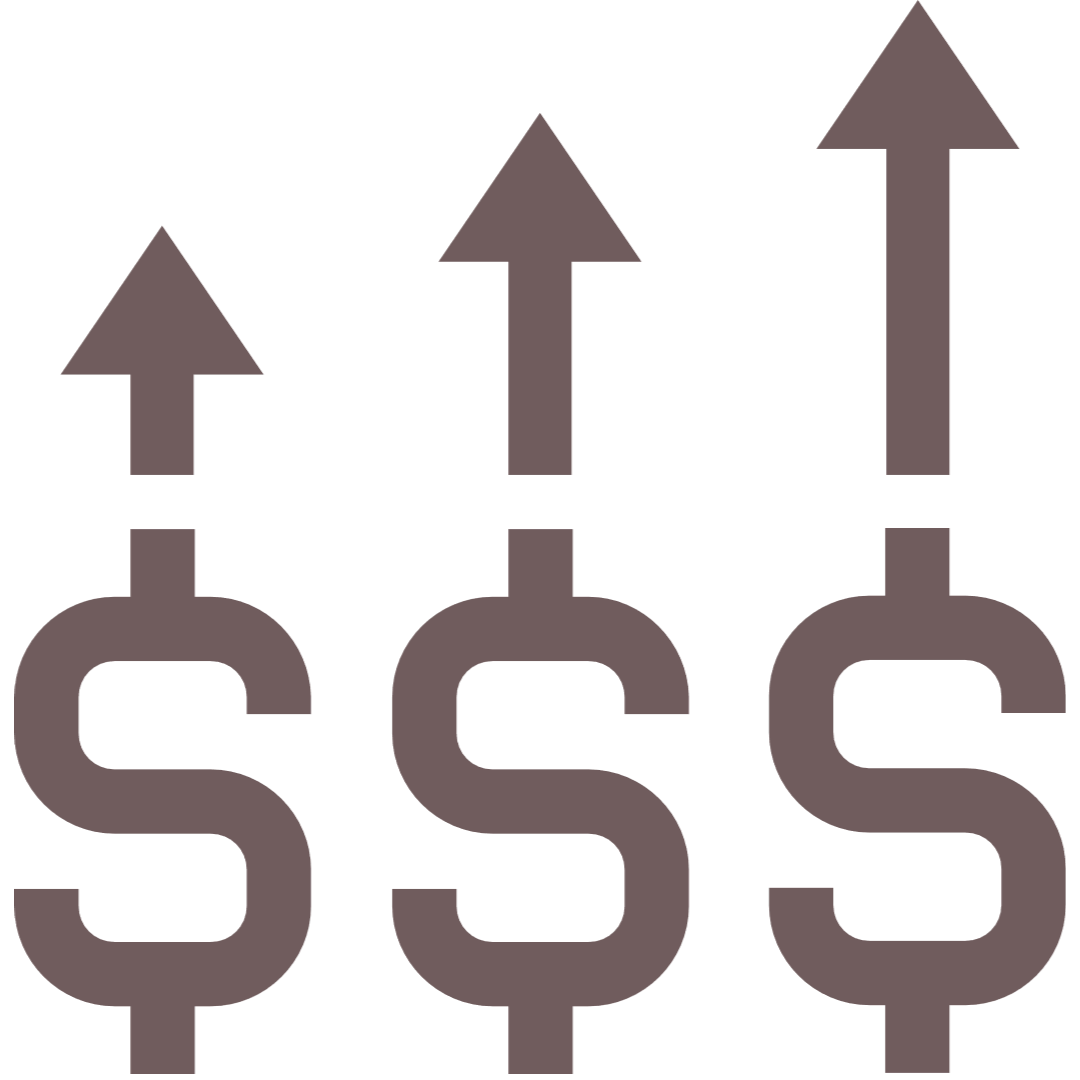
Start up costs require roughly $5000 in initial inventory, $10,000 in advertising, and $3000 in listing optimization, packaging, and branding. All in all, if you want to have a chance at success, you'll need to spend roughly $15,000 to $20,000 just as an initial investment.
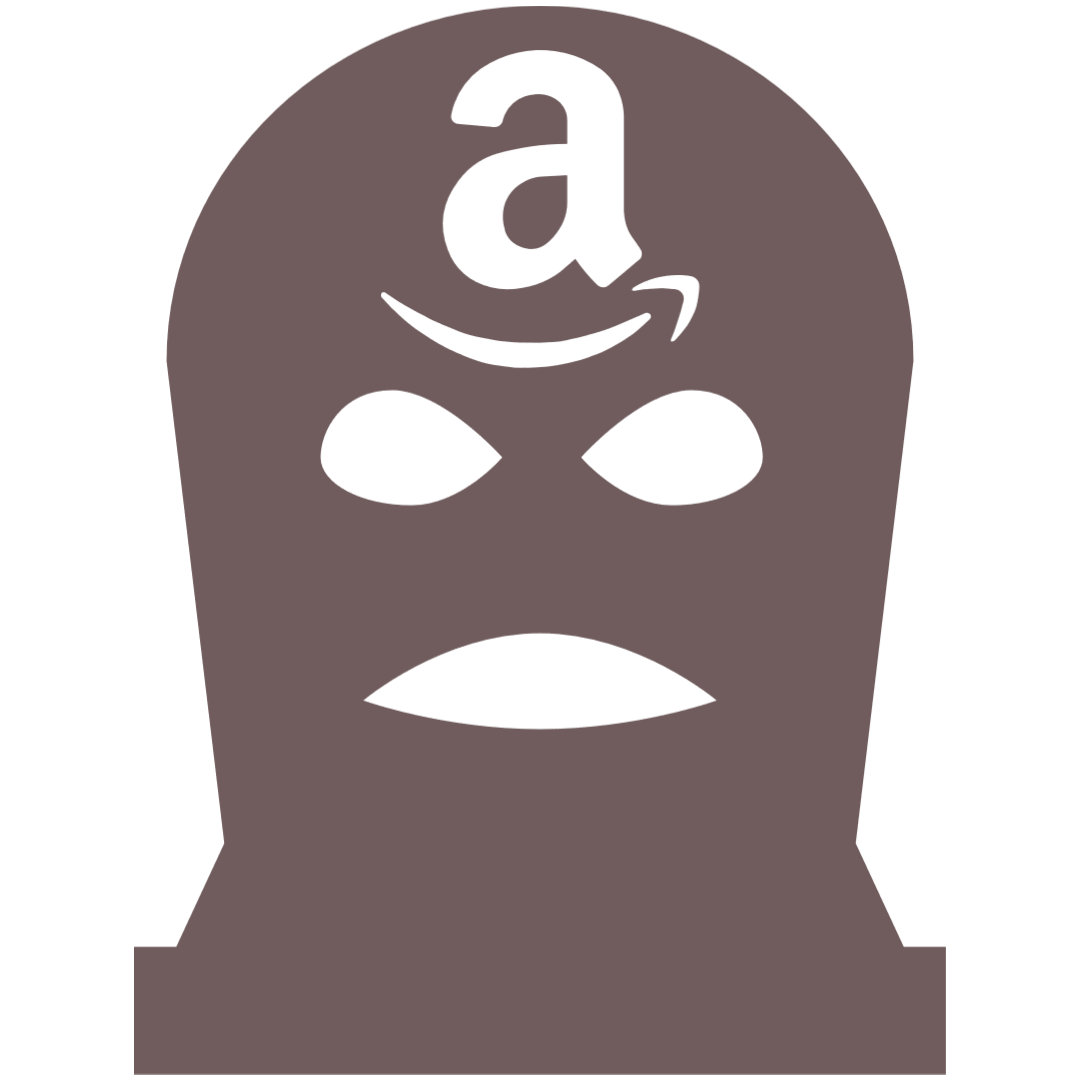
Nearly all successful products are copied and resold by either Amazon or Chinese manufacturers who then undercut their competition at margins that only billion dollar companies can afford. Every time you see an Amazon Basics or Essentials product at the top ranked listing, it's likely that dozens of independent sellers went out of business.
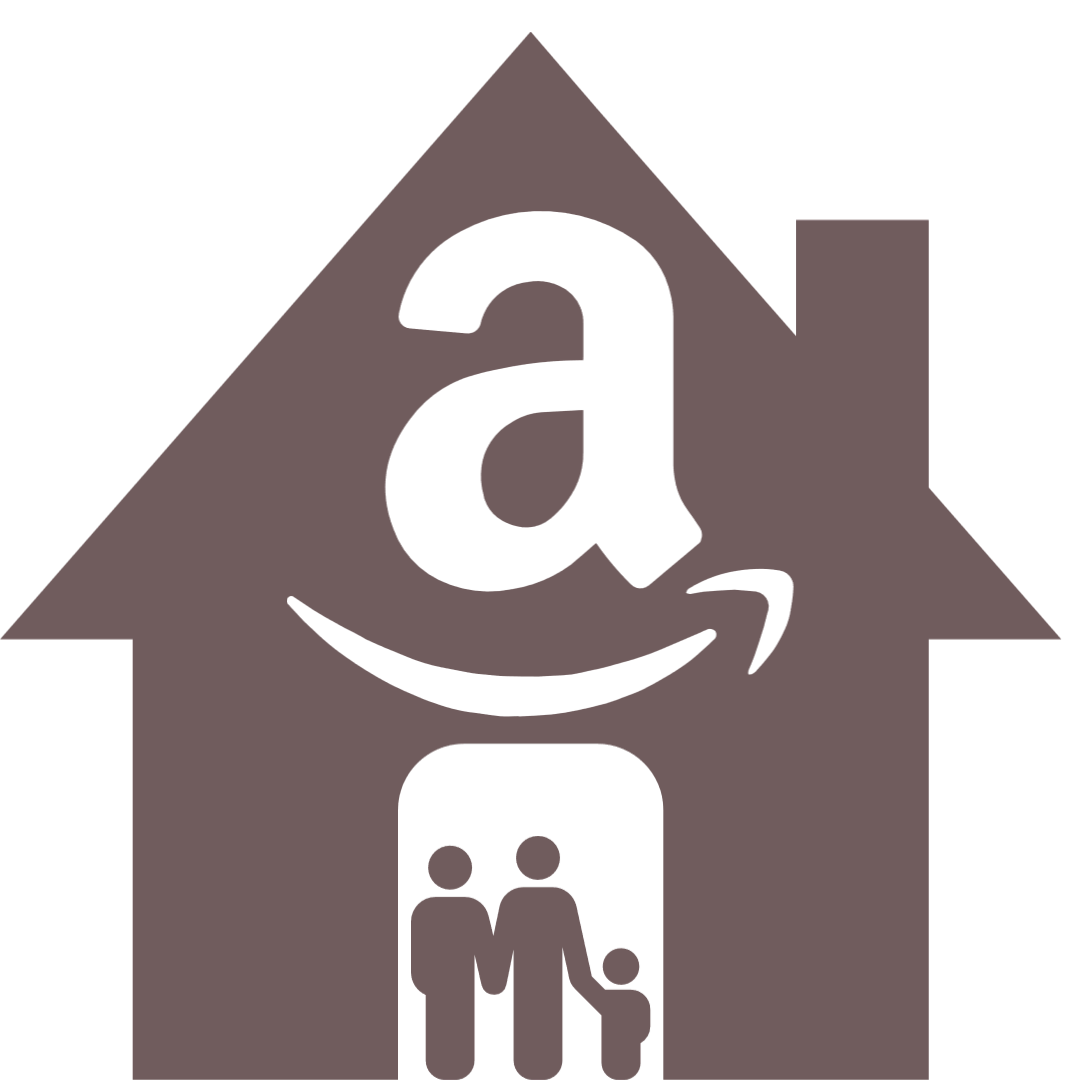
The key to long term wealth is in building and owning valuable assets, but with Amazon FBA, you own nothing. You're an enslaved middleman to Amazon, who care only about market domination and making a profit. Remember, you're there to make them money - and your use of Amazon is a privilege they grant you; a privilege they can revoke at any time.

Between identifying products and suppliers, passing quality assurance, securing inventory, and then product ranking, you're looking at over a year before you even have a chance at seeing a net positive income.

Profit margins are extremely low, meaning the only real way to make money is through mass ordering. Successful Amazon sellers often make less than 10% profit off of their sales.

Amazon's terms of service are fickle and ever changing. Bans are frequent and can spell disaster for FBA startups and established businesses alike.

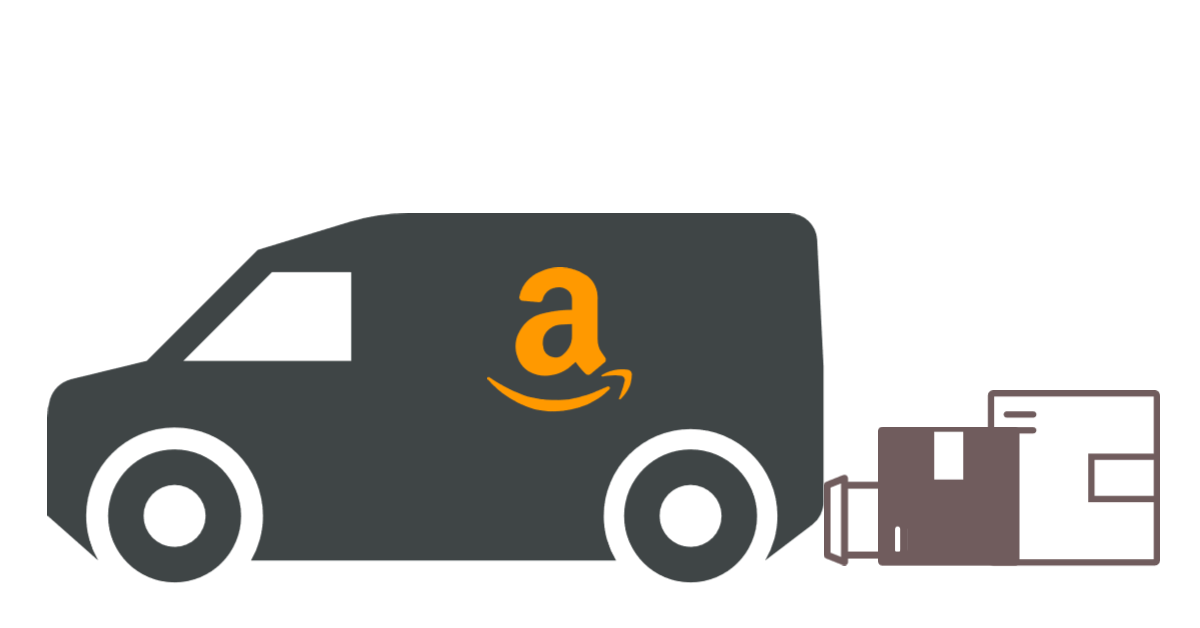
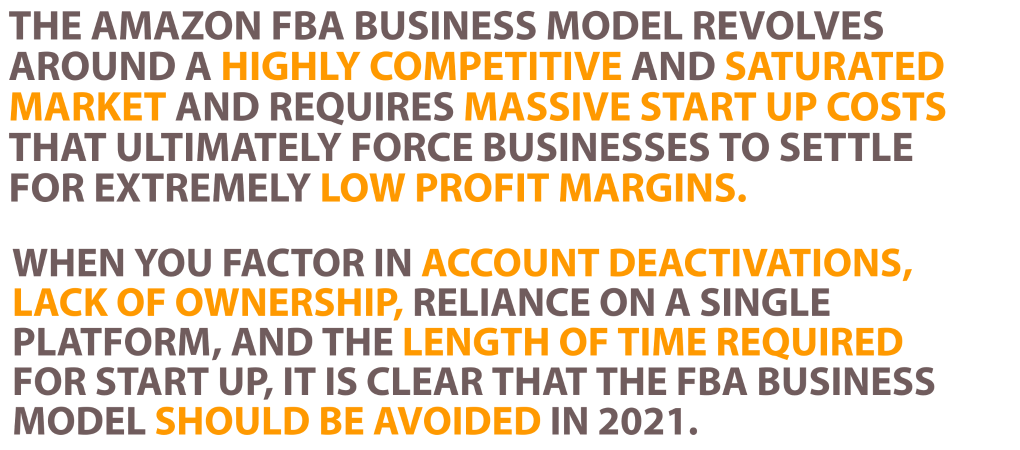
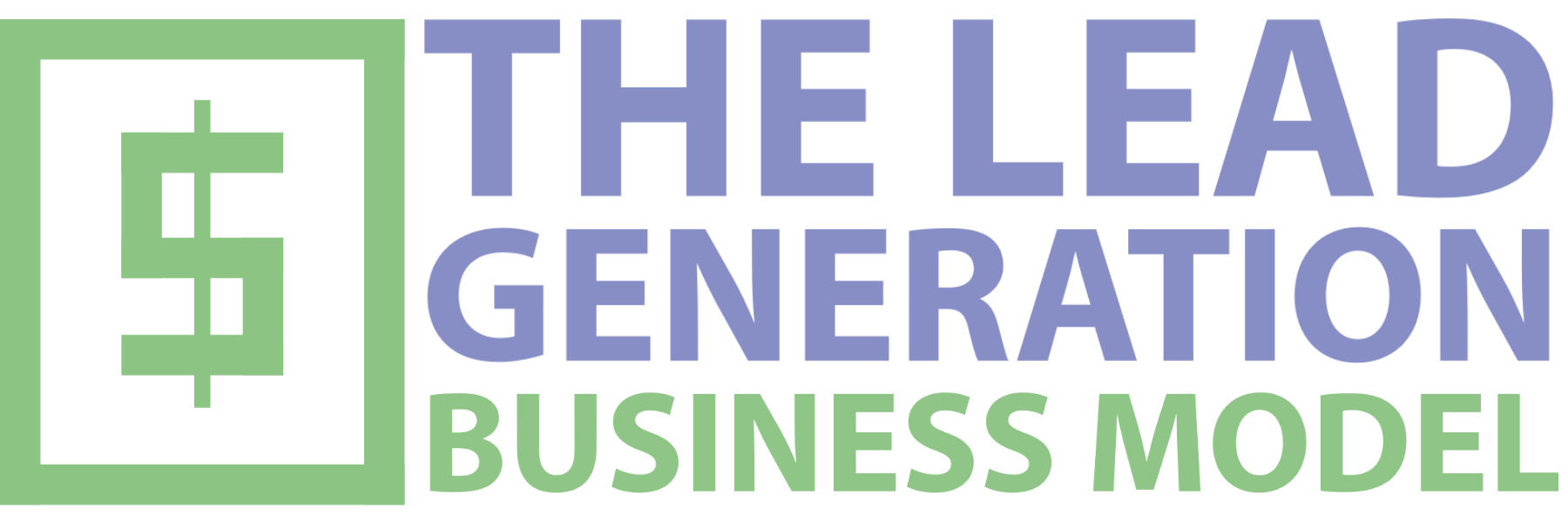

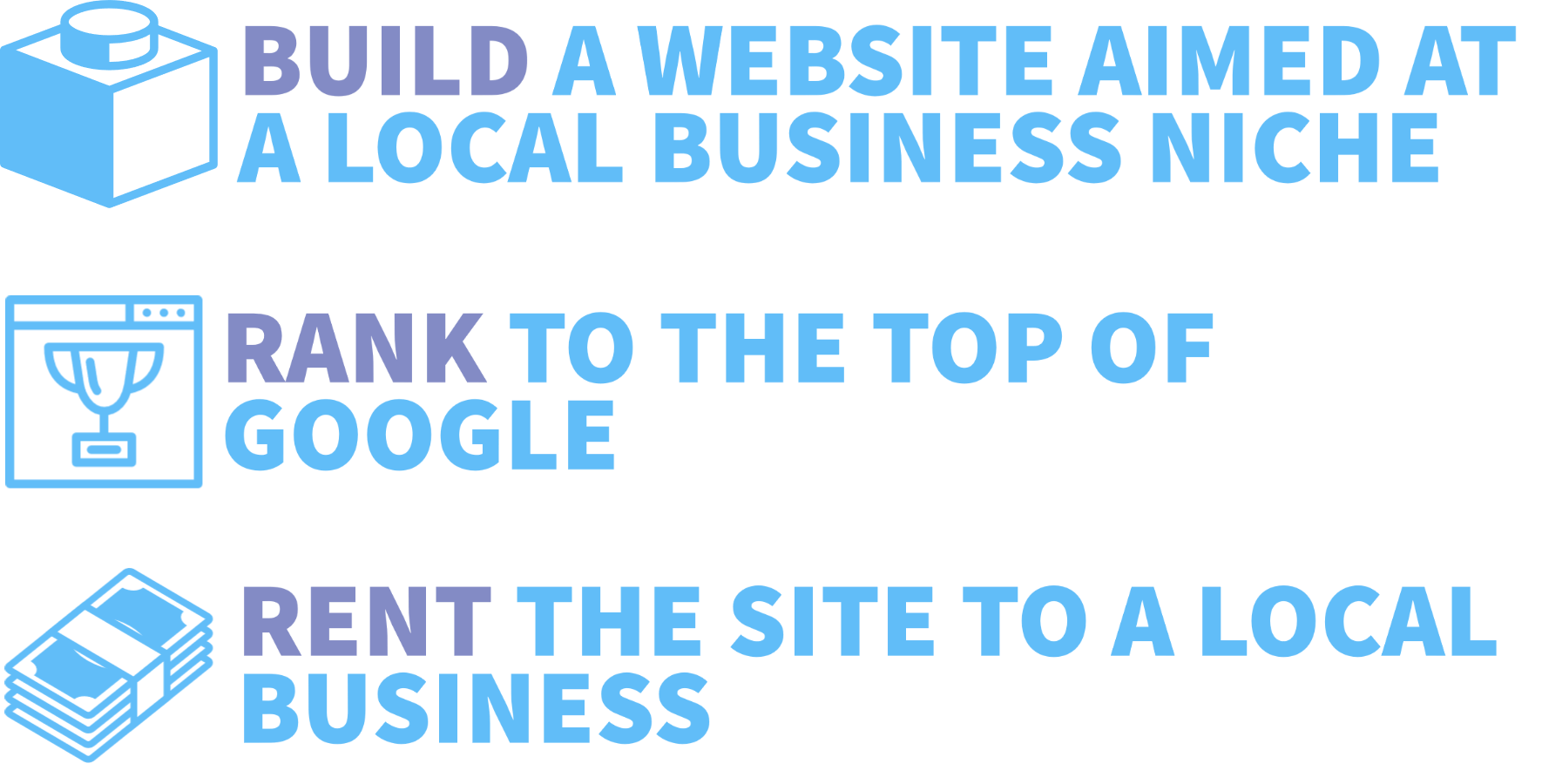

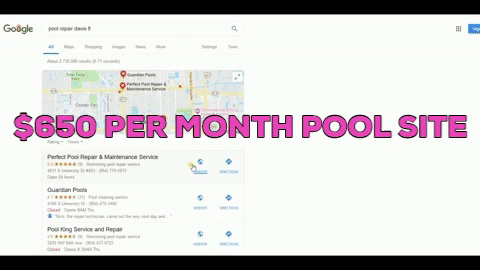

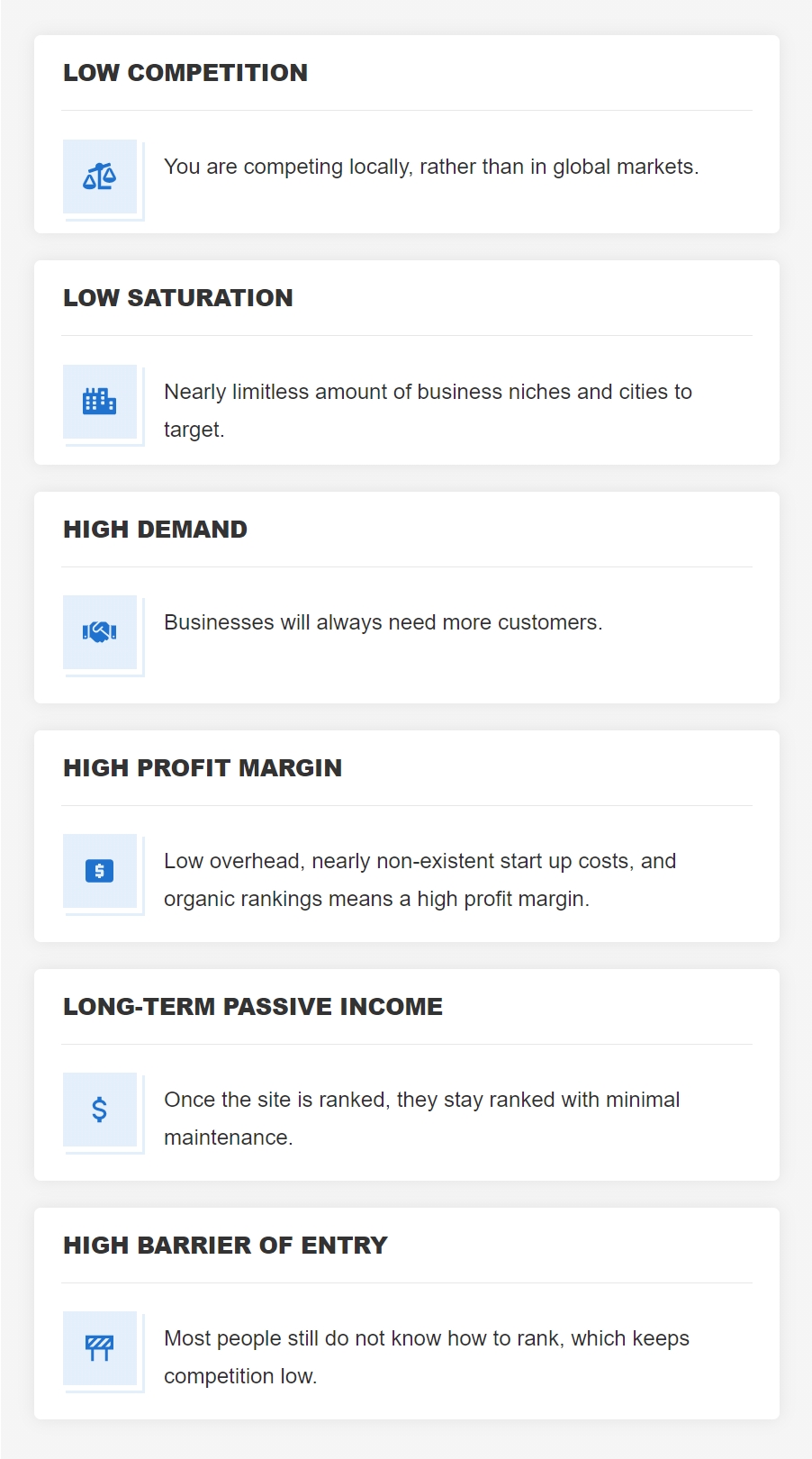



Local Lead Generation
Schedule your coaching call today
